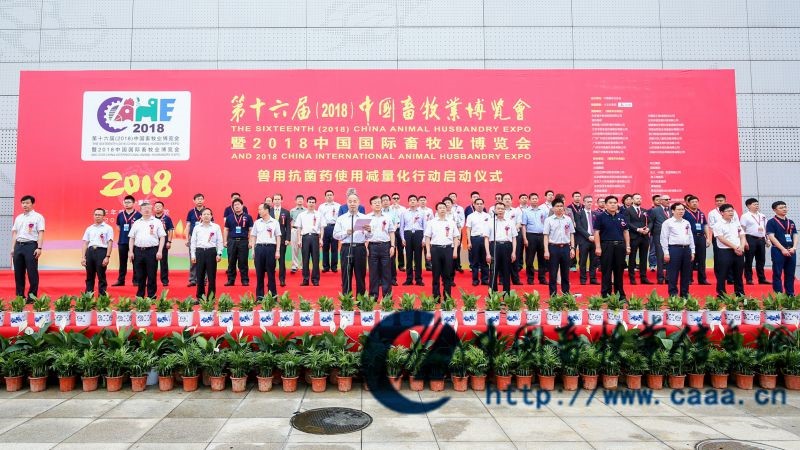Excerpt from USDA Document
China’s need for agricultural resources and technology and the country’s considerable financial accumulation are driving rapid growth in Chinese investment in agriculture and food sectors abroad. The trend reflects the growing global ambitions of Chinese companies, and it is attracting the attention of business and government leaders around the world.
According to China’s Ministry of Agriculture,over 1,300 agricultural, forestry, and fisheries enterprise have registered overseas investment of $26 billion, at the end of 2016.
An initial wave of investments during 2004-12 was focused mainly on crop production, fishing ventures, and raw materials. Most such ventures have targeted eastern Russia and neighboring Asian countries. Chinese investments in Southeast Asia have focused on tropical crops like palm oil, cassava, sugar, fruit, and lumber, prompted by strong domestic demand and a regional free trade agreement with the Association of South East Asian Nations (ASEAN). Asia accounts for about half of China’s foreign investment in agriculture, forestry, and fishing.
More recently, some Chinese companies and officials have shifts the thrust of their strategy from farming overseas to acquiring established agribusiness companies based in Europe, North America, and Oceania. These include ChemChina’s $43-billion acquisition of Syngenta, a Swiss farm chemical and seed company, Shuanghui international’s purchase of Us-based Smithfield Foods, and China National Cereals, Oils and Foodstuffs Corporation’s (COFCO) purchase of two major agricultural trading companies – Noble Agri and Nidera. Chinese companies have also acquired companies or formed joint ventures in New Zealand and Australia, focused on meeting China’s growing demand for dairy, beef and lamb.
The Ministry of Agriculture reported that agricultural imports exceeded $125 billion for 2017, up from $41 billion 10 years earlier. The growth reflects greater import volume of particular commodities like soybeans and pork as well as a broadening menu of imported commodities. Chinese consumers’ escalating demand for product variety – from staples like rice and wheat to premium products like olive oil and infant formula –stimulates commercial investments in land, brand names, and technology aimed at profiting from market growth.
Encouragement of agricultural foreign investment announced in Goverment Documents
Year | Strategic statements related to foreign investment in agriculture |
2007 | Accelerate the agricultural foreign investment strategy. |
2010 | Set policies to support and encourage companies to invest abroad. |
2014 | Accelerate the agricultural foreign investment strategy. Foster large, internationally competitive grain and oils enterprises. |
2015 | Promote foreign science and technology demonstration parks. Implement policies to support facilities, equipment, and inputs needed for foreign agricultural production. |
2016 | Strengthen agricultural investment with countries along the “One Belt One Road” path and bordering countries and regions. Foster international grain traders and agricultural conglomerates. |
2017 | Support multinational agricultural businesses that are developing foreign production bases, processing, storage, and logistics focused on “One Belt One Road” objectives. Foster large internationally competitive conglomerates. |
2018 | Actively support agricultural foreign investment. Foster large, internationally competitive grain-trading and agricultural business conglomerates. |
While China’s spending on foreign agricultural ventures appears large, it is modest compared with the country’s agricultural imports: in 2016, the country’s foreign agricultural investment equaled just 3 percent of the value of its agricultural imports that year. Moreover, agricultural investment has lagged behind other sectors in China’s foreign investment surge. Agriculture, forestry, and fishing accounted for about 1.7 percent of China’s foreign investment from 2012 to 2016. By comparison, agriculture’s share of China’s gross domestic product is about 9 percent.
More growth in Chinese investment appears to be forthcoming. Political leaders in China are endorsing agricultural investment as a core component of China’s One Belt, One Road initiative. More Chinese investments in Europe and North America could offer access to agricultural technology, processing, and logistical know-how to support China’s ambitions to modernize its domestic farming sector.





